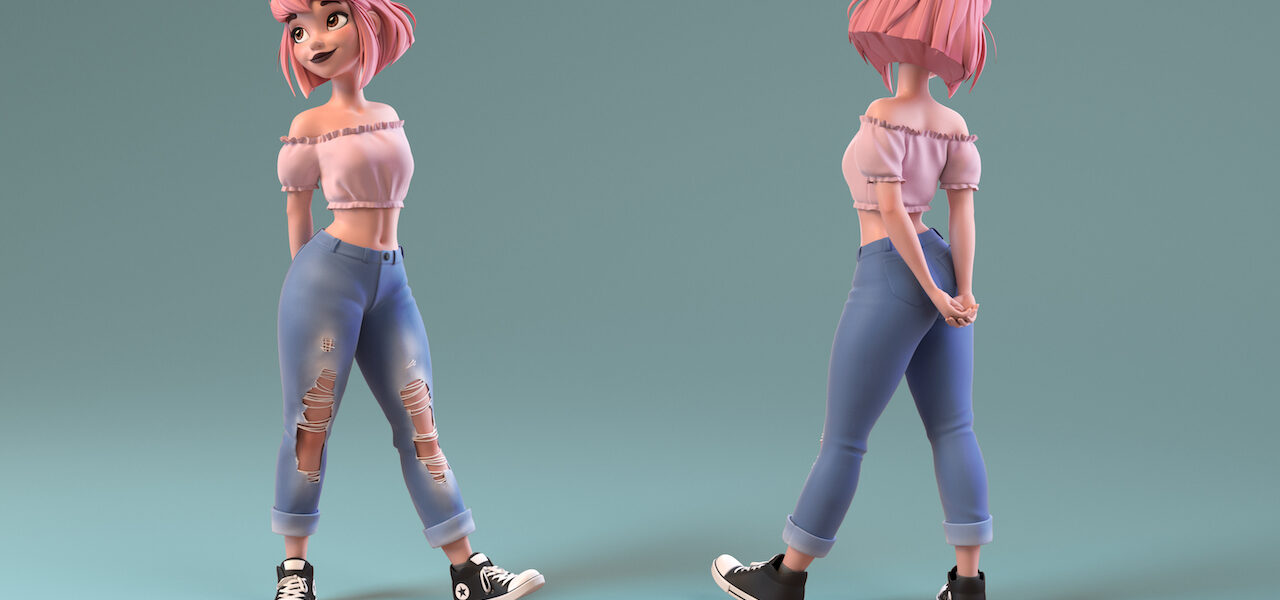
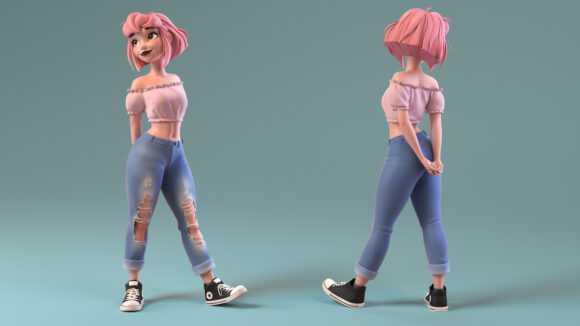
Marvelous Designer, The Leading Cloth Production Software For 3D, Gets A Raft Of New Features For Version 10
A decade since its launch, Marvelous Designer, the widely used software for making, editing, and reusing 3d clothes, has reached a milestone: version 10 is now on release.
Marvelous Designer 10 has adopted a traditional cloth production method and now includes a raft of new key features, including Auto-Fitting, Substance Integration, and the Dynamic Wrinkle Brush. By integrating these new features into their workflow, Marvelous Designer users can accelerate and simplify the creation of their materials and garments.
“Everyone I work with really cares about their job and what we make,” says Eric Hinkley, Marvelous Designer’s U.S. business development manager. “There are a lot of people like myself who, before MD, wondered alone if we were the only people we’d ever know who loved fashion or sewing as well as video games and animation. But we find ourselves at the confluence of both, as the possibility of the two becoming irreversibly linked in the lives of folks the world over feels inevitable.”
While everyone is working remotely, artists in Marvelous Designer’s community were asked about their impressions of the software over the last decade.
Cristina Ortega
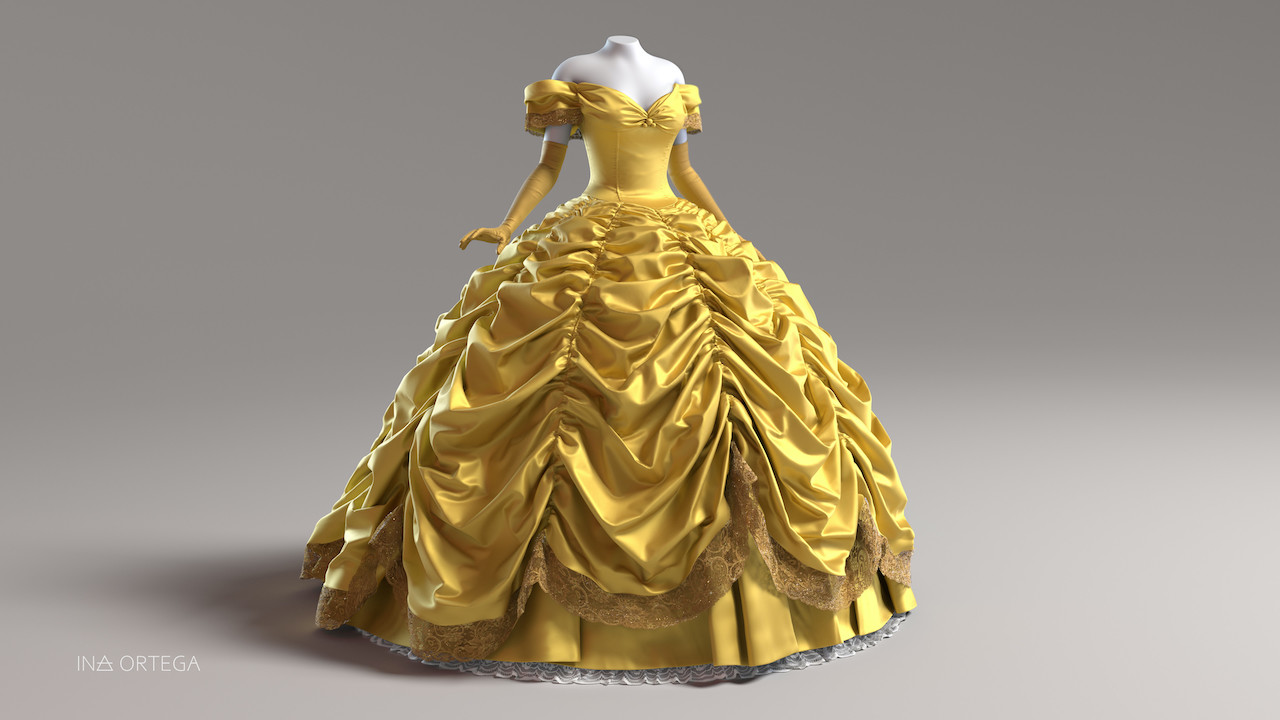


Cristina Ortega has created models for videogames, vr, and feature animation. Lately, she has also been challenging herself with some personal projects.
“The best part of working in Marvelous Designer,” she says, “is the freedom to change designs and explore shapes without caring about topology until the final steps.”
She continues: “I can adapt and modify the patterns until it matches the concept and I’m happy with how it looks. Then I arrange the UVs and create a basic retopology with the new Marvelous Designer topology tools, making sure that all the seams match. The final step consists of exporting three meshes for every garment (triangulated simulated, triangulated 2d flattened, and retopologized 2d flattened).”
Cristina Ortega is most impressed with the new editors for UV, modular, and sculpting, as well as the additional retopology tools. She’s also pleased with the ability to reuse generic character costumes with the Auto-Fitting tool, the Dynamic Wrinkle Brush, and the UV Editor improvements. “I cannot fail to mention the ‘Create Zipper in the 2d Window’ feature, as I was really waiting for this,” she says.
Manuel Arroyo Arrebola

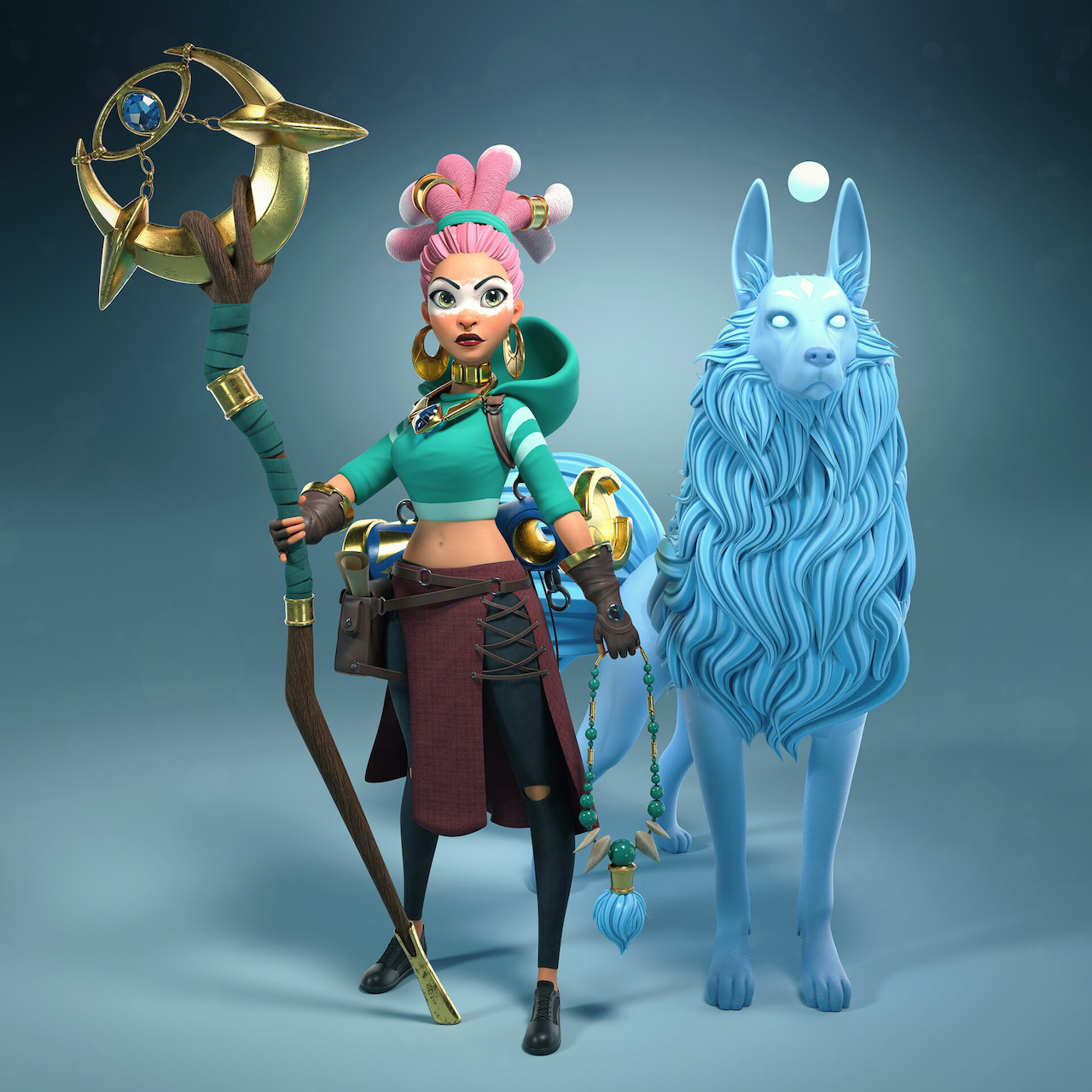
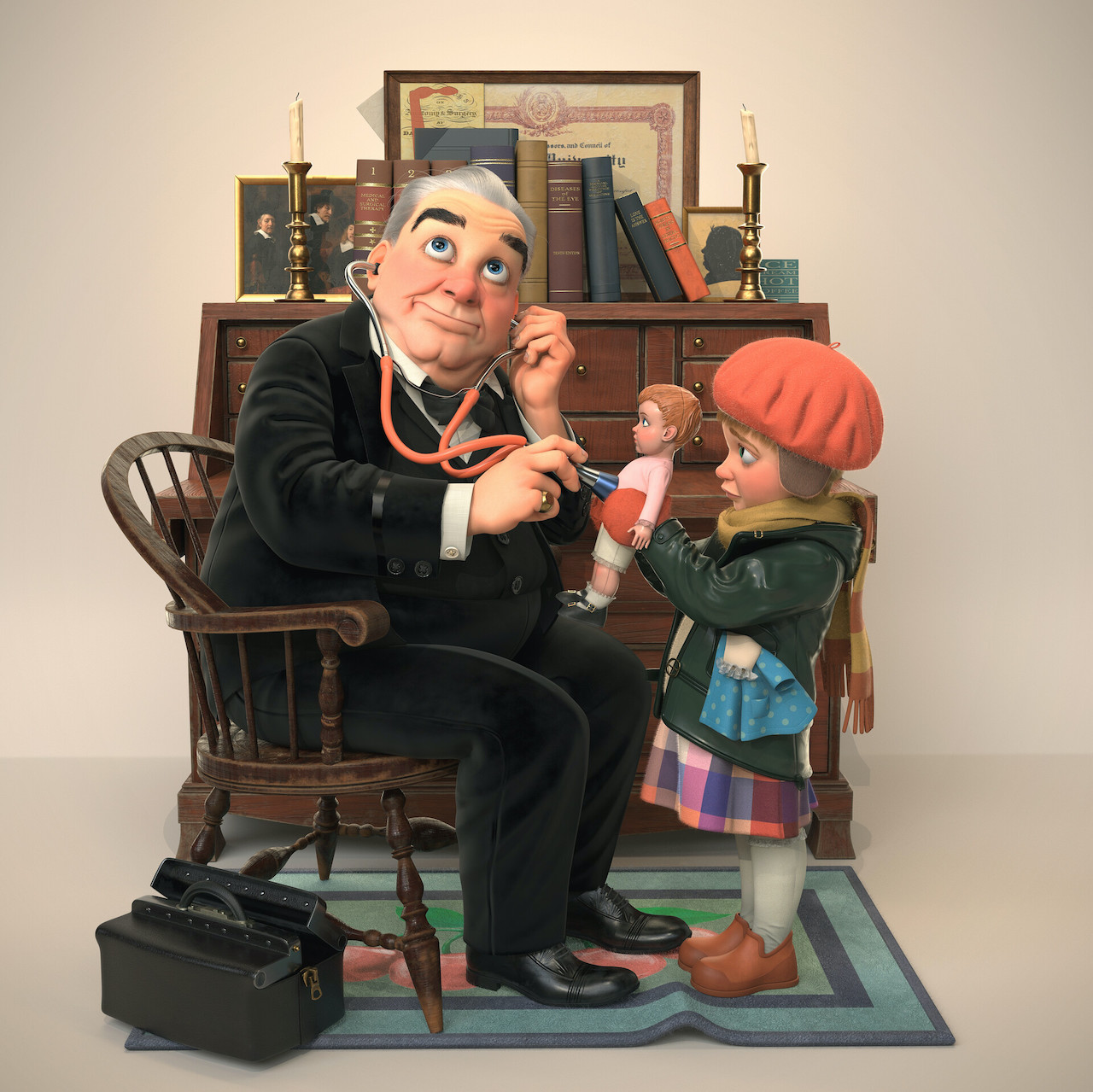

For illustrator Manuel Arroyo Arrebola, the best part of working with Marvelous Designer is that it’s easy to just start creating. “It’s so intuitive — you don’t need fashion industry knowledge to create impossible patterns,” he says. “You can start creating volumes and shapes, sawing them together then watching them move. Your own imagination is your limit when you work with this incredible software.”
Arrebola usually creates the base mesh of his characters in ZBrush, and in parallel he builds the clothes with a Marvelous Designer avatar. Once the base mesh is sculpted, he creates a blendshape with the final pose of the character in ZBrush through Maya, and from Maya he brings the final animation as an Alembic file into Marvelous Designer. “Once the cloth is adapted to the final character,” he says, “I go to the simulation menu, press play, and the magic happens.”
He adds: “Since the release of the GPU simulation, I can now adjust the clothes with a super-low particle distance, and it allows me to work in a high level of detail, ten times faster. I’m really very happy to have Marvelous Designer in my workflow.”
Lucas Cuenca
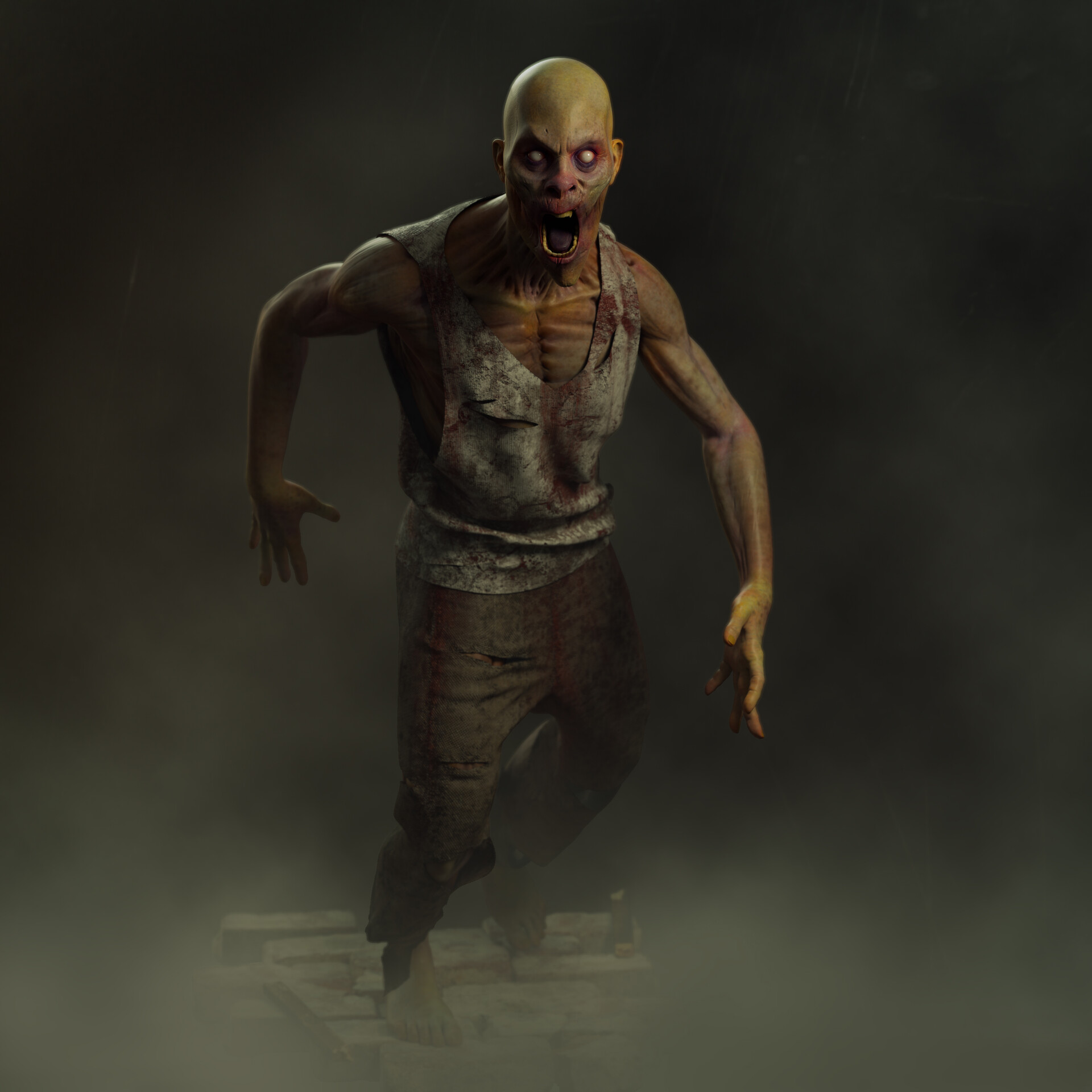
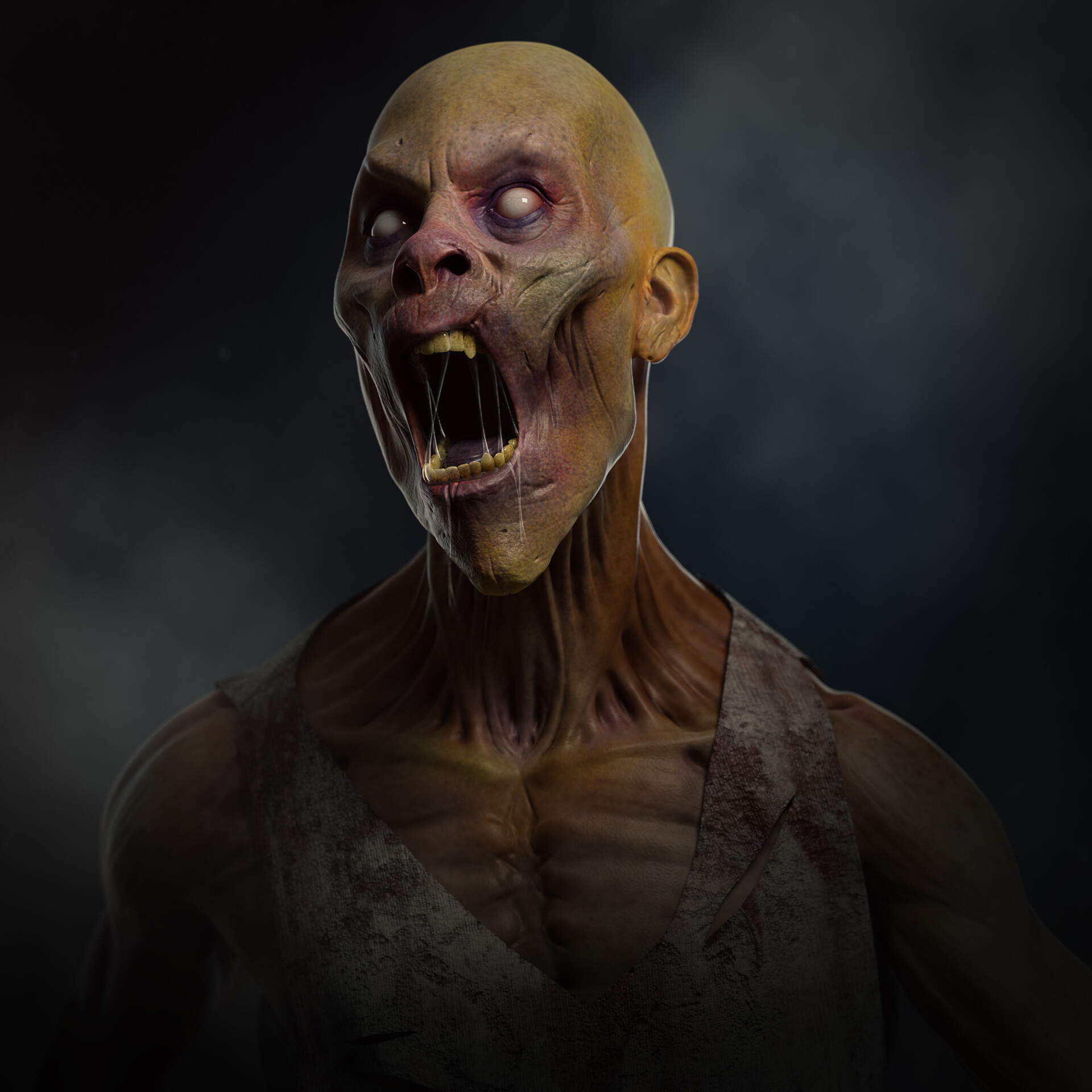
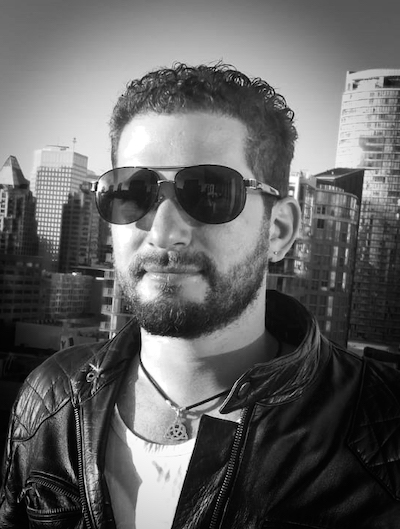
Lucas Cuenca is a lead creature/character artist at DNEG. His work can be seen in movies like Togo and the upcoming Dune, as well as Venom, Pacific Rim: Uprising, and more. His passion has always been to design and create creatures for the film industry.
“I always use Marvelous Designer for concept design and film production models,” says Cuenca. “After I’ve created the concept for a creature in a T-Pose in Maya, I import it into Marvelous Designer to create all the garments. Then I rig it in Blender and send the animation back to Marvelous Designer to simulate the garment with the pose transition. From there I can take it into ZBrush for a bit of extra sculpting.”
Cuenca’s favorite tools in Marvelous Designer are the UV map creation from the garment patterns, and the AutoFit feature which allows him to use them for multiple models. “This is super-fast, saving me huge amounts of time in a tight deadline production,” he says. “Marvelous Designer is seamless and flexible, and has the best cloth simulations in the market.”
Over the last ten years, Marvelous Designer has become the go-to solution for many 3d fashion and character designers in the movie, tv, and games industries. With Marvelous Designer 10, the most realistic and traditionally-based cloth production software for 3d modeling is now more versatile and user-friendly.
Available for Windows and Mac, the new version can be acquired with either a Personal License or an Enterprise License, depending on studio size. For more information, head to Marvelous Designer’s website.
Image at top: design by Cristina Ortega

.png)